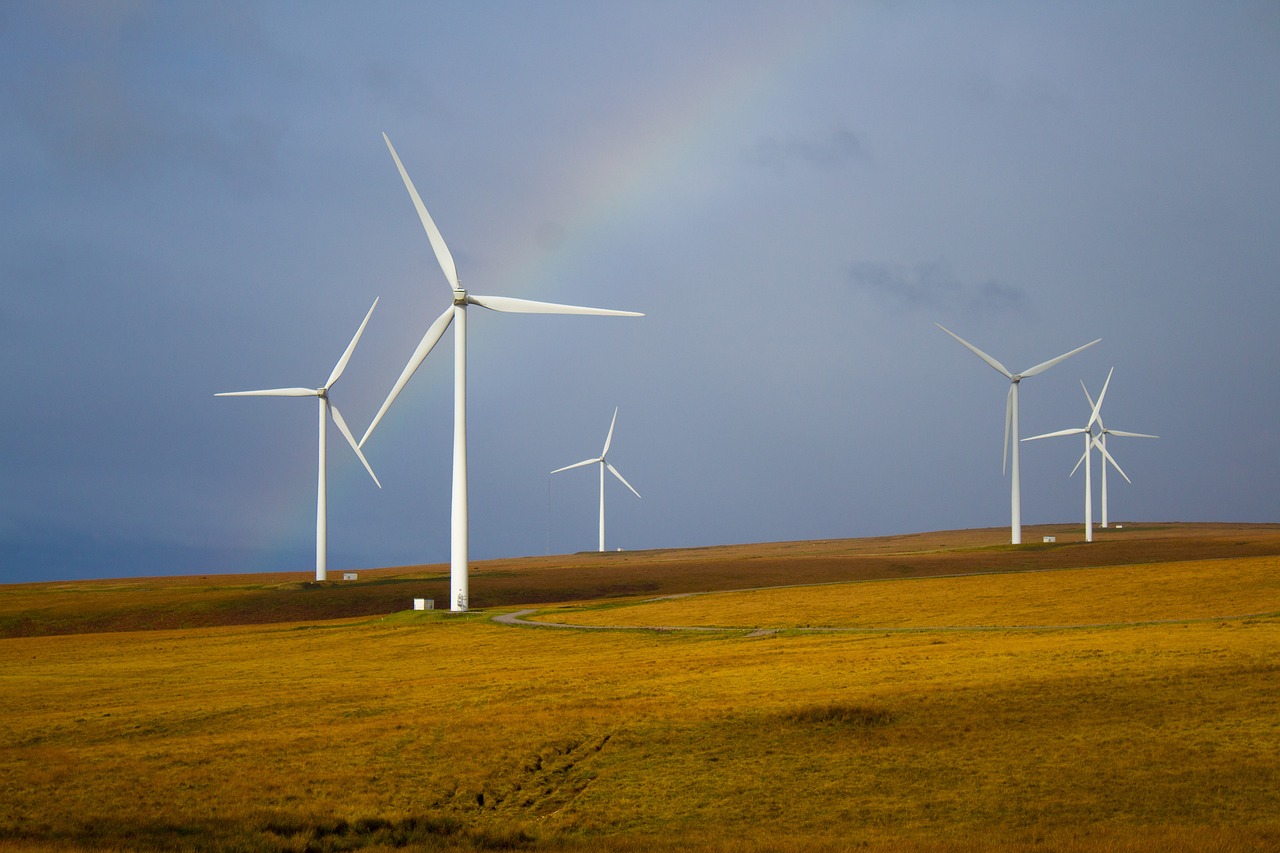For wind turbines to produce more power, we must either erect towers with bigger rotors and blades to cover wider areas, or make the tip height higher in the sky, where the wind blows more steadily.
Since the early 2000s, we have seen wind turbines grow in both height and blade lengths, with the UK’s largest onshore installation reaching 200m tall. These turbines form part of the Kype Muir Extension Wind Farm in South Lanarkshire.
As the UK transitions away from fossil fuels towards greener alternatives with a view to reaching NetZero greenhouse gas emissions by 2050, wind turbines have proliferated, as they are a clean and sustainable alternative to coal and gas. As they get bigger, turbines also become more efficient and can generate more electricity as they can capture more wind. For example, a single rotation of the 107-metre blade at Kype Muir can power a home for two days. However, there are concerns that the size of turbines is impacting our environment, local communities and road infrastructure.
We last looked at this in issue 22, since when the growth in wind farms has continued apace.
It can be said that turbines are visually intrusive and scarring to our environment, while also having an impact on wildlife, particularly birds and bats. So if our turbines get bigger, do they become more of an issue? There are mitigations in place to minimise these risks and impacts so that turbines and our environment can go hand in hand.
Transport challenge – a natural obstacle to growth
However, we live in a world of bridges, tunnels, roundabouts and some very twisty and tight country roads. Could it be that our road network, will be what prevents turbines getting even bigger?
There are significant challenges involved in transporting the component parts of a turbine, particularly the blades and the towers, as they are exceptionally long and heavy and quite possibly will often exceed the dimensions and weight limits of standard roads and bridges. Not to mention, more often than not, wind farms are located in remote areas with restricted access to major transport links.
In the UK, we are able to successfully transport turbines at their current size, through widening roads and strengthening bridges. Wind farm developers also use specalised transport companies who have created innovative ways to make it possible to transport turbines safely and efficiently.
If wind turbines keep attaining greater heights, there will need to be even more investment in the UK’s road infrastructure, along with ongoing collaboration between government agencies, industry and transport experts to ensure the UK continues to be able to support the growth of our renewable energy.
Oversail agreements needed
Currently, wind developers require overrun and oversail agreements over land along an access route. The route for turbine blades can be substantial depending on where the component parts are manufactured and built. Therefore there can be quite a few agreements required. However it is very important that the right access is granted to the developer and we would highlighted the following points:
- What area should be leased and what rights should be granted by ancillary rights of access;
- The value of the access rights should be linked to the benefit of the project facilitated by the rights of access not the value of the land crossed from the overrun or oversail.
- The lease should reserve rights for the landowner to grant access rights to other developers without requiring consent form the current developer.
It is therefore vitally important that any landowner approached by a developer that they should seek the advice of an agent to ensure that the correct rights are granted and at the best possible return.
- Read the latest news and views from our experts in Energy Matters issue 29

